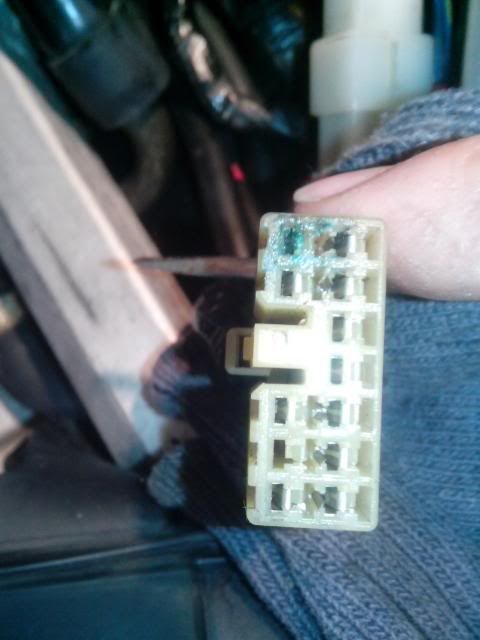droptail
Well-known member
Bike wouldn't start today after a few long attempts with a strong battery, and what I would call a normal starter rpm. I had it on a battery tender.
I will say I have noticed my bike can be starter rpm sensitive, usually after sitting for a few weeks.
Won't always fire even with I would say is a normal/fast spin. Fires with a charger spinning fast.
Anyway, I had washed it and put it away without running it a few weeks ago. I don't like to do that.
After cranking it several cycles on and off, it started spinning a little slower so I put it on a battery charger and it fired up after spinning a little faster. Wasn't flooded, no fuel smell, no WOT to start.
Went a few miles and it died on the road going 45mph. Wouldn't restart immediately. Waited 5 and it lit.
Got to the gas station 1/2 mile later and after filling it again wouldn't restart. I thought it might have been me releasing the starter too early, restarting and flooding it, so I WOT but no love. Plus I didn't smell any fuel with my nose near the exhaust while buddy cranked it.
Finally started after 8 min wait
Did a 40 mile ride and stopped at Camarillo Airport-Waypoint Cafe, after a 2 hr cool down it fired right up, but turning out of the parking lot it died, wouldn't restart ( I nearly dumped it). Waited 5 and it lit.
No probs for the return ride home.
I had this happen a year ago or so and I cleaned the kill switch an it seemed to respond.
Its as if the kill switch is hit. I took switch apart again and it was as clean as it was after cleaning it a year ago. Sprayed contact cleaner anyway and closed it up.
No error codes are logged.
What wouldn't cause an error code to log?
Any ideas?
Need to fix this for my trip to Montery Laguna Seca this coming weekend.
Thanks
I will say I have noticed my bike can be starter rpm sensitive, usually after sitting for a few weeks.
Won't always fire even with I would say is a normal/fast spin. Fires with a charger spinning fast.
Anyway, I had washed it and put it away without running it a few weeks ago. I don't like to do that.
After cranking it several cycles on and off, it started spinning a little slower so I put it on a battery charger and it fired up after spinning a little faster. Wasn't flooded, no fuel smell, no WOT to start.
Went a few miles and it died on the road going 45mph. Wouldn't restart immediately. Waited 5 and it lit.
Got to the gas station 1/2 mile later and after filling it again wouldn't restart. I thought it might have been me releasing the starter too early, restarting and flooding it, so I WOT but no love. Plus I didn't smell any fuel with my nose near the exhaust while buddy cranked it.
Finally started after 8 min wait
Did a 40 mile ride and stopped at Camarillo Airport-Waypoint Cafe, after a 2 hr cool down it fired right up, but turning out of the parking lot it died, wouldn't restart ( I nearly dumped it). Waited 5 and it lit.
No probs for the return ride home.
I had this happen a year ago or so and I cleaned the kill switch an it seemed to respond.
Its as if the kill switch is hit. I took switch apart again and it was as clean as it was after cleaning it a year ago. Sprayed contact cleaner anyway and closed it up.
No error codes are logged.
What wouldn't cause an error code to log?
Any ideas?
Need to fix this for my trip to Montery Laguna Seca this coming weekend.
Thanks




